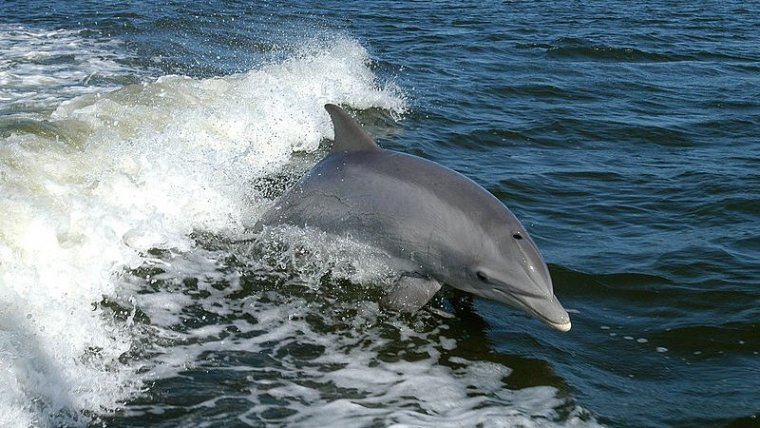| News / Science News |
Deepwater Horizon oil spill contributed to high number of Gulf dolphin deaths
NOAA | MAY 27, 2015
As part of an unusual mortality event investigation, a team of scientists has discovered that dead bottlenose dolphins stranded in the northern Gulf of Mexico since the start of the Deepwater Horizon oil spill have lung and adrenal lesions consistent with petroleum product exposure.
The timing, location, and nature of the detected lesions support that contaminants from the Deepwater Horizon oil spill caused these lesions and contributed to the high numbers of dolphin deaths within this oil spill’s footprint. Increased dolphin deaths following the oil spill are part of the northern Gulf of Mexico unusual mortality event investigation.
Half of the dead dolphins examined had a thin adrenal gland cortex, indicative of adrenal insufficiency. In addition to the adrenal lesions, the scientific team discovered that more than one in five dolphins that died within the Deepwater Horizon oil spill footprint had a primary bacterial pneumonia. Many of these cases were unusual in severity, and caused or contributed to death.
In other mammals, exposure to petroleum-based polycyclic aromatic hydrocarbons, through inhalation or aspiration of oil products can lead to injured lungs and altered immune function, both of which can increase an animal’s susceptibility to primary bacterial pneumonia. Dolphins are particularly susceptible to inhalation effects due to their large lungs, deep breaths and extended breath hold times.
YOU MAY ALSO LIKE





